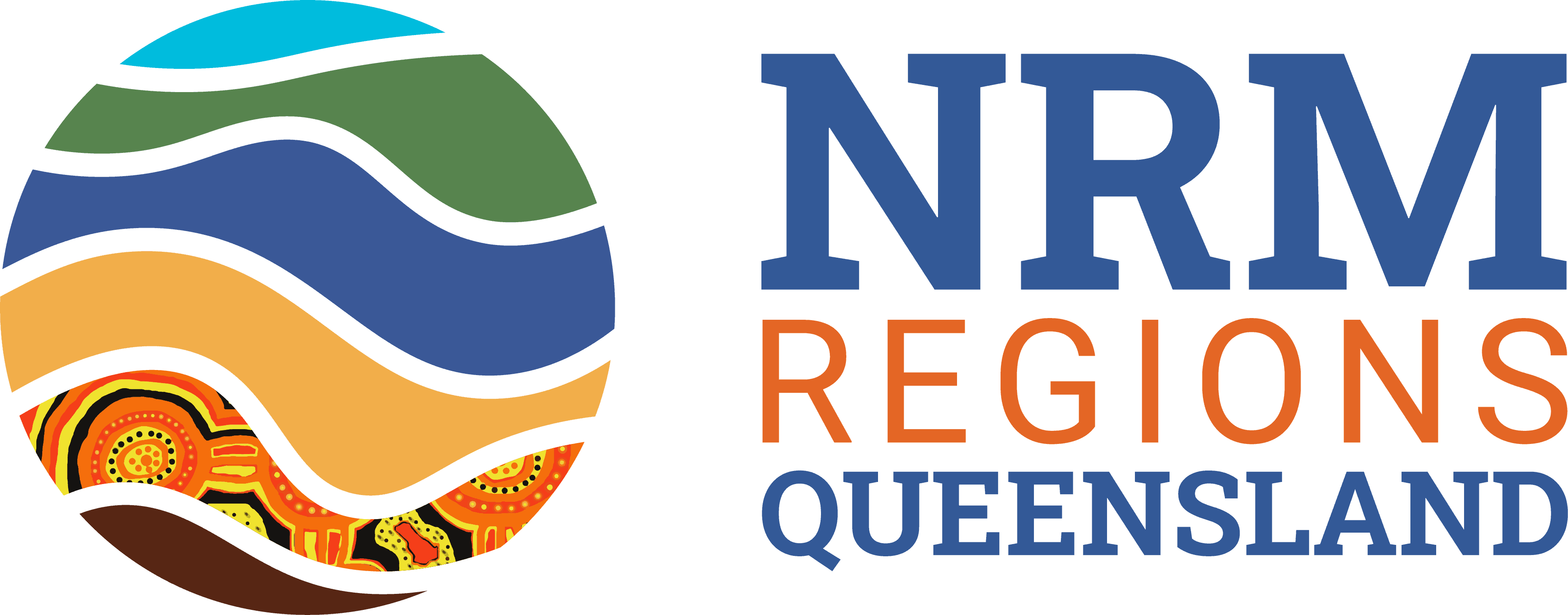Minnamoolka Station, at the headwaters of the Herbert and Burdekin rivers, is undergoing changes to improve cattle production, the land, and the water flowing to the Great Barrier Reef.
Landholders Margie Atkinson and Greg Jenkins say it is never too late for fresh ideas. They are 60 kilometres into a 70km fencing project that will make 62 paddocks out of the property’s existing 28 paddocks for a switch from set stocking to rotational grazing in smaller paddocks for shorter, more intense periods.
They are also in the midst of adding extra water points for cattle.
The two regional projects: Upper Herbert Sediment Reduction Project (Terrain NRM) and the Herding Change for Grassroots Recovery project (NQ Dry Tropics) are funded by a partnership between the Australian Government’s Reef Trust and the Great Barrier Reef Foundation under the Regional Water Quality Program.
“We’re always interested in new ideas and better ways to manage the land and improve feed quality for our livestock,’’ Margie Atkinson said.
“Next year this land will have been in our family for 120 years and traditionally our family has always endeavoured to practice sustainable land management with set stocking.”
“We are excited by the possibilities that we perceive as being offered by the Grazing Naturally method.”
Margie and Greg are working with natural resource management organisations Terrain NRM and NQ Dry Tropics on projects that they hope will lead to better ground cover and pastures across about 29,000 hectares of land. They currently graze around 4000 head of beef cattle.
Margie said a free workshop with Grazing Naturally’s Dick Richardson, through Terrain NRM’s Upper Herbert Sediment Reduction Project, had been a catalyst for change. Dick has since spent time with them, again as part of the project, to assess grass condition and work on a solid plan for their property’s dry season, including forage budgeting and determining stocking rates.
We are very positive about the project that we have undertaken and greatly appreciate the technical and financial assistance provided by Terrain NRM and NQ Dry Tropics. None of this would have been possible without their input.
Find out more about this project via Terrain NRM.
